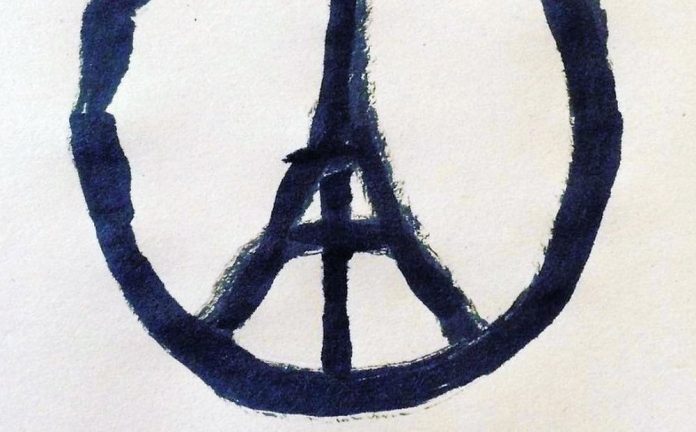AFTER 132 people were murdered and 352 wounded in Paris by multiple teams from a local cell of Islamic State on Friday night, it’s impossible for security people not to wonder whether anything could have been done to stop the carnage.
Protecting public space from attackers whose hatred runs so deep they can machine gun young civilians in a music hall is fraught. Security teams and law enforcement personnel cannot protect all spaces. The best they can do is detect threats at the door, or use electronic security systems to detect the images or sounds charateristic of an attack, and provide on-site or rapid emergency services response to subdue attackers and succour victims.
The first thought is widespread use of magnetometers in public venues but reports today that a suicide bomber was prevented from entering the Stade de France after a pat-down by security staff detected a suicide vest, suggest simpler approaches can work, too. A combination of well-trained security staff, magnetometers, bag checks and the capacity to forcefully reduce threats is key from here out. You cannot stop bullets and bombs with cameras or clever software. Only physical blast barriers, armoured glass and the topical application of necessary force will do.
There’s a hard lesson for civilians in this latest mass murder. In situations where civilians are faced with merciless attackers whose only desire is to take as many lives as possible, the best option is not collective passivity. At Bataclan, the 4 shooters reloaded up to 4 times each before detonating their explosive suicide vests. It’s worth noting that the 9/11 terrorists took control of full airplanes with nothing more than box cutters. Comparatively, shoe-bomber Richard Reid was doused with drinks by 20 passengers, then forcefully subdued by 6 passengers and crew as he tried to light a bomb on American Airlines Flight 63 from Paris to Miami.
These Paris attacks are different from the murders at the offices of satirical magazine, Charlie Hebdo. Whether it’s the huge numbers of young people callously slaughtered, the randomness, the lack of a perception of provocation – this time is different. For many commentators on the political left, including many in the mainstream press, the attacks on Charlie Hebdo and a kosher deli in Paris could too easily be sheeted home to events in the Levant. Not anymore. Now everyone is a target for brutal murder.
From a risk analysis perspective, you simply can’t see Paris in isolation. We’ve had the attacks on the Charlie Hebdo offices and the Jewish deli in Paris this year, attacks on the Bardo Museum, the murder of 38 tourists on a beach at Port El Kantaoui in Tunisia, the massacre of civilians in Lebanon this week, bombs on the streets of London, the murder of 80 Ahmadi Muslims praying in Lahore, the murders at the Boston Marathon, the murders of 137 school kids in Peshawar, Pakistan, the killing of 147 teenagers sleeping at Garissa University in Kenya, murders in Israel, in Iraq, in Indonesia, in Thailand, in Australia and elsewhere. None of these killings came out of a vacuum. To their attackers, the victims had been utterly dehumanised – they deserved to die.
Intervention for at-risk youngsters, stricter gun control, more intense pressure on hate preachers, higher levels of training for security teams, increased use of technology to detect and deter attacks – all these things are going to help. But it cannot end with that. Citizens must demand governments exercise their duty of care and insist that those religious doctrines granted the status of human rights under the Universal Declaration of Human Rights actually conform to the articles of the declaration. Most importantly, they must conform to Article 30, which governs all other articles of the declaration, amounting to a demand for universal and simultaneous toleration between all citizens of the Earth.
In pluralistic societies there can be no tolerance for the divine sanction of violence towards outgroups. Not in the school house. Not in the pulpit. Not in the doctrine. Omnipotent deities existing outside space and time cannot rationally prove their material existence through the fallacious appeal to force inherent in global campaigns of mass murder. Unfortunately, this fundamental truth lies outside the operational scope of security professionals. In the meantime, stay frosty, people. ♦
By John Adams
For more information on protecting crowded places from terrorist attacks click here.








